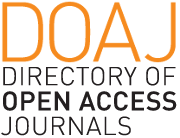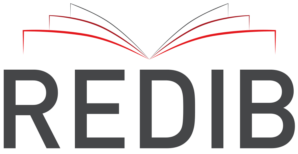Human-computer dialogue breakdown detection
Abstract
With the steady growth in the use of consumer relationship technologies on the Internet, chatbot systems have become ubiquitous in Natural Language processing (NLP) and related fields. Despite significant advances in recent years, however, systems of this kind do not always deliver plausible, consistent results, in many cases leading to a dialogue breakdown. As a result, there is a growing interest in how to improve systems of this kind so as to minimise errors. Based on these observations, this work addresses the issue of automatic dialogue breakdown detection by presenting three models that take the dialogue history into account to decide when a conversation is likely to break. The models under consideration explore a range of recent NLP methods and are evaluated by using a purpose-built Portuguese dataset conveying real-world human-computer conversations, and also in publicly available benchmarks for the English language.
Copyright (c) 2022 Leonardo de Andrade, Ivandré Paraboni

This work is licensed under a Creative Commons Attribution 4.0 International License.
Authors who publish with this journal agree to the following terms:
- Authors retain copyright and grant the journal right of first publication with the work simultaneously licensed under a Creative Commons Attribution License that allows others to share the work with an acknowledgement of the work's authorship and initial publication in this journal.
- Authors are able to enter into separate, additional contractual arrangements for the non-exclusive distribution of the journal's published version of the work (e.g., post it to an institutional repository or publish it in a book), with an acknowledgement of its initial publication in this journal.
- Authors are permitted and encouraged to post their work online (e.g., in institutional repositories or on their website) prior to and during the submission process, as it can lead to productive exchanges, as well as earlier and greater citation of published work (See The Effect of Open Access).













